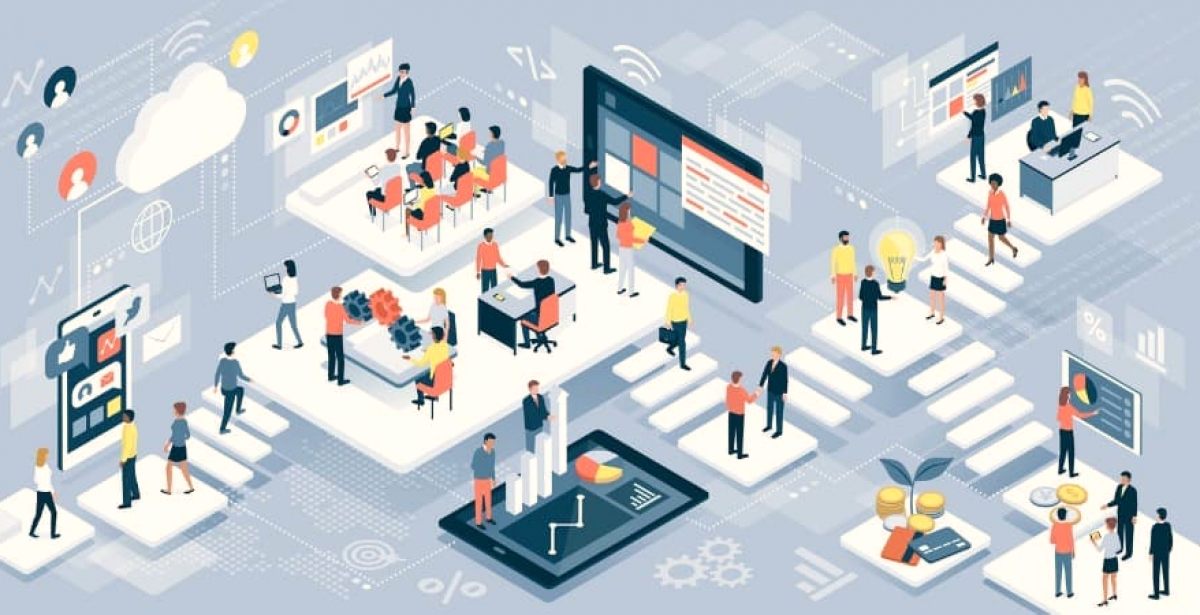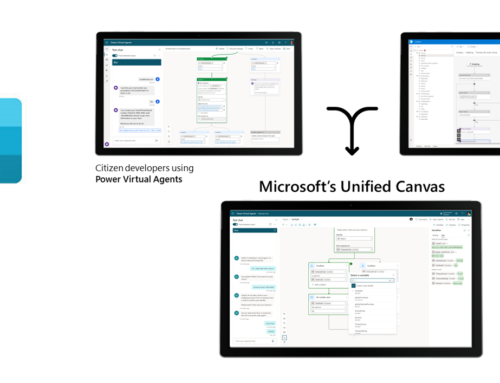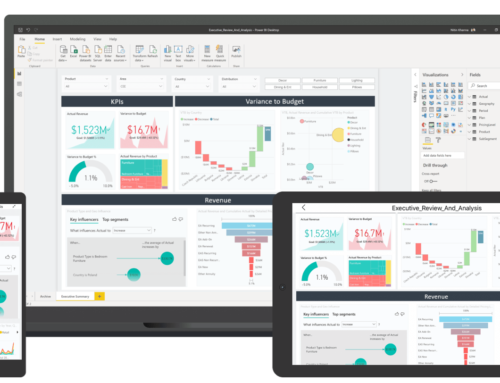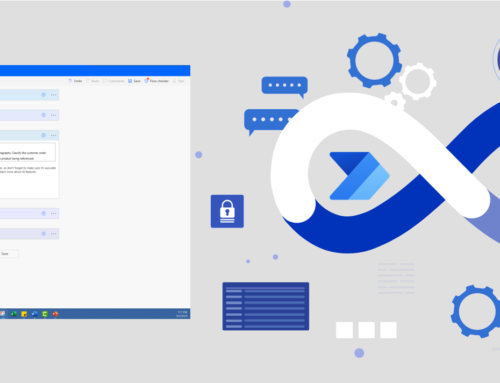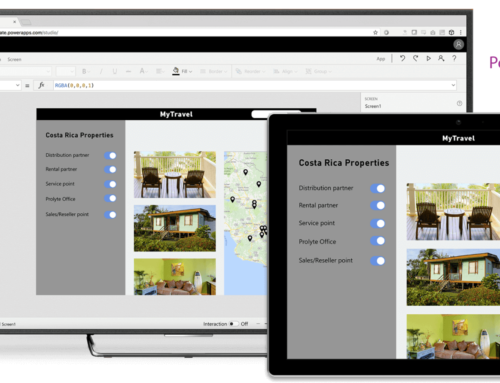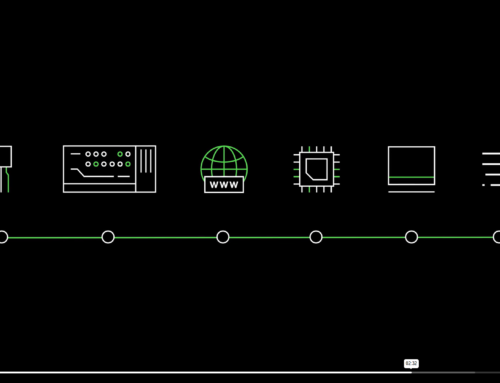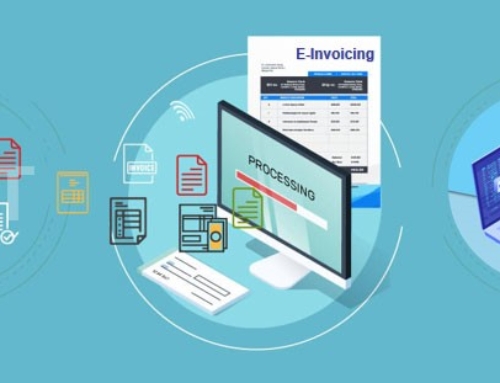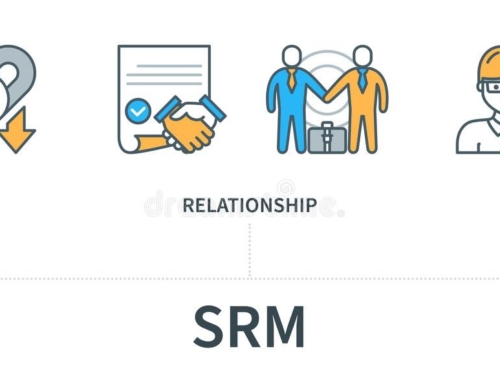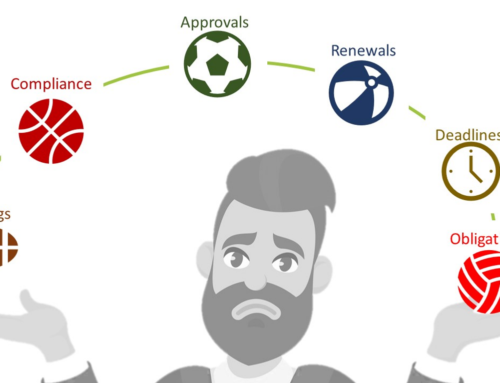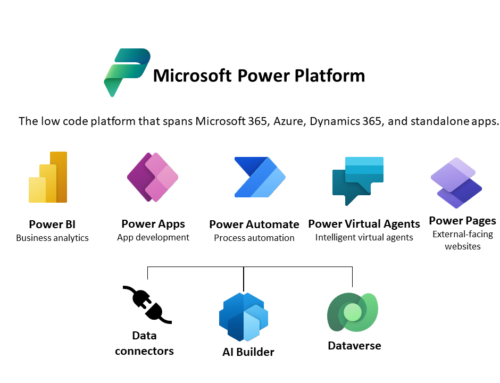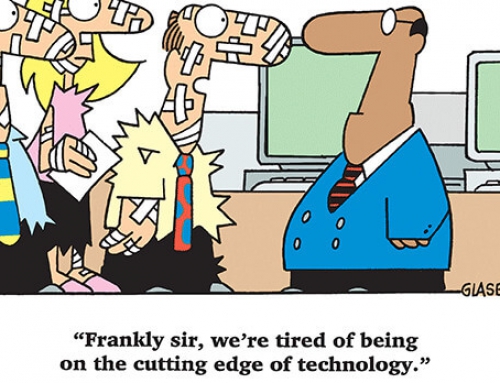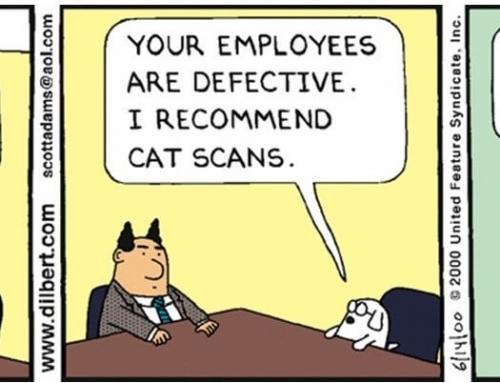The answer to this problem is the digital workplace. The digital workplace is all about creating a seamless experience for employees, allowing them to work in a simple, seamless way anytime, anywhere. It’s not just about making the intranet mobile-friendly; it’s about creating an integrated environment that makes it easy for employees to get their work done.
But how can organizations create a digital workplace that works for their employees? Here are some key considerations:
Understand What “Work” Means for Your Employees
Before you can create a digital workplace, you need to understand what “work” means for your employees. What tools and resources do they need to do their jobs? What tasks do they need to complete on a daily basis? What are the pain points they experience when trying to get their work done? Once you have a clear understanding of what work means for your employees, you can start to design a digital workplace that meets their needs.
Focus on Seamlessness
The key to a successful digital workplace is seamlessness. Employees should be able to access the tools and resources they need without having to jump through hoops or switch between different systems. This means creating an integrated environment that brings together all the tools and resources employees need in one place. From document management and collaboration tools to scheduling and project management, everything should be seamlessly integrated into the digital workplace.
Consider Security and Privacy
As with any technology solution, security and privacy are critical considerations when creating a digital workplace. Employees will be accessing sensitive information and resources, so it’s essential to ensure that the digital workplace is secure and that employees’ privacy is protected. This means implementing strong security measures such as multi-factor authentication, data encryption, and regular security audits.
Balance the Needs of Different Stakeholders
Creating a digital workplace requires balancing the needs of different stakeholders. IT will have its own requirements and constraints, while HR will have a different set of needs. It’s important to work closely with all stakeholders to ensure that everyone’s needs are being met. This means involving stakeholders in the design process and being open to feedback and input.
Measure Success
Creating a digital workplace is a significant investment, and it’s important to measure the success of the initiative. This means setting clear goals and metrics for the digital workplace, such as increased employee engagement, improved productivity, and decreased IT support requests. Regularly tracking these metrics will allow you to identify areas where the digital workplace is working well and areas where it needs improvement.
In conclusion, the rise of mobility has necessitated a shift from the traditional intranet to a more seamless and effective digital workplace. By empowering employees with the tools and platforms they need to collaborate, communicate, and work effectively, organizations can unlock a new level of productivity and engagement. The key is to focus on the needs and workflows of individual employees, rather than simply throwing technology at the problem. With careful planning, thoughtful implementation, and a commitment to ongoing improvement, the digital workplace can become a powerful force for driving business success and employee satisfaction in the years ahead.

